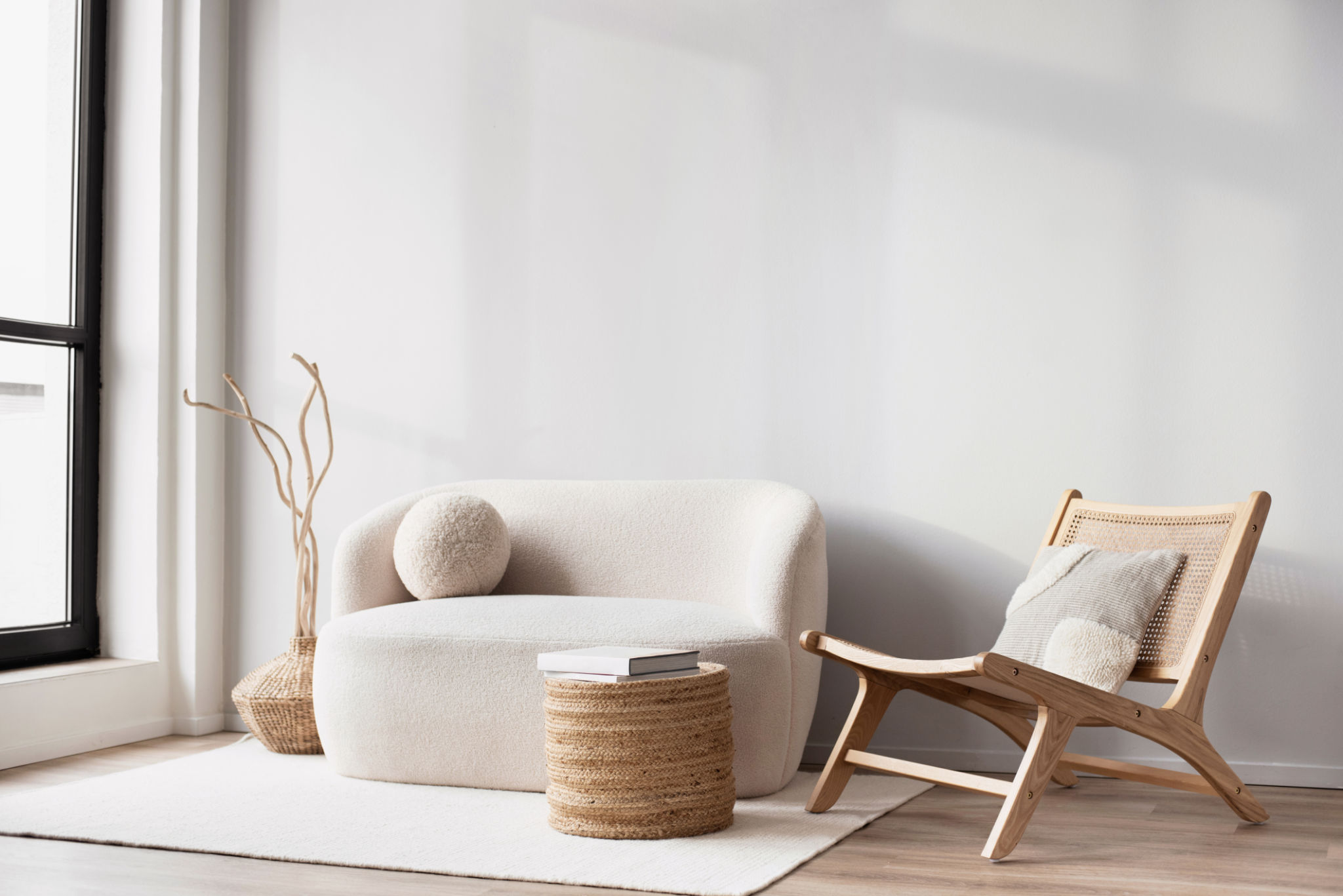Case Study: Transforming a Shipping Container into a Cozy Adelaide Home
Introduction to Container Homes
In recent years, the concept of transforming shipping containers into functional living spaces has gained significant popularity. This innovative approach to housing offers a sustainable, cost-effective, and versatile solution to traditional construction methods. In this case study, we delve into the transformation of a shipping container into a cozy home in Adelaide, showcasing how creativity and ingenuity can turn an industrial structure into a warm and inviting residence.

The Vision Behind the Project
The initial vision for this project was to create an affordable, eco-friendly home that maximizes space while providing all the comforts of modern living. The owners were inspired by the minimalist lifestyle and wanted to incorporate elements of sustainability and efficient design. This vision drove the decision to use a shipping container as the primary structure, capitalizing on its durability and modular nature.
Design and Planning
The planning phase was crucial in ensuring that the finished home would meet the owners’ needs and aesthetic preferences. Key considerations included:
- Space optimization to make the most of the container's dimensions.
- Utilizing eco-friendly materials and energy-efficient systems.
- Incorporating large windows and skylights for natural light.
- Ensuring proper insulation for temperature regulation.

Construction Process
The construction phase involved several critical steps, starting with the procurement of a high-quality shipping container. Once acquired, the container underwent modifications to transform it into a livable space. Key stages included:
- Cutting out spaces for windows and doors.
- Installing insulation to combat the harsh Australian climate.
- Adding plumbing and electrical systems to meet modern living standards.
- Finishing with interior design elements to enhance comfort and style.
Interior Design and Finishing Touches
The interior design was focused on creating a cozy atmosphere within the limited space. Use of light colors, multifunctional furniture, and clever storage solutions helped maximize space without compromising on style. The kitchen was equipped with modern appliances, while the living area featured comfortable seating and a compact entertainment system. The bedroom was designed as a peaceful retreat with ample storage solutions.

Challenges and Solutions
Transforming a shipping container into a home is not without its challenges. Some of the primary obstacles faced during this project included:
- Ensuring proper insulation to manage temperature fluctuations.
- Addressing structural integrity when cutting openings for windows and doors.
- Navigating local building codes and regulations.
These challenges were met with innovative solutions such as using high-quality insulation materials, reinforcing structural areas, and collaborating closely with local authorities to ensure compliance.
The Final Outcome
The result of this ambitious project is a stunning example of modern, sustainable living. The Adelaide container home combines functionality with aesthetics, providing its owners with a unique living space that reflects their values and lifestyle. The use of natural light, efficient space management, and eco-friendly materials has created a warm, inviting environment that stands as a testament to what creative thinking can achieve.
Impact on Sustainable Living
This case study highlights the potential of shipping container homes as part of the sustainable living movement. With growing concerns over environmental impact and housing affordability, container homes offer a viable alternative for those seeking to reduce their carbon footprint while embracing innovative living solutions.

Conclusion
The transformation of a shipping container into a cozy Adelaide home showcases the endless possibilities of sustainable architecture. By reimagining industrial materials into comfortable living spaces, this project serves as an inspiration for those looking to explore unconventional building methods. As more people seek environmentally responsible housing options, projects like this pave the way for a brighter and more sustainable future.
